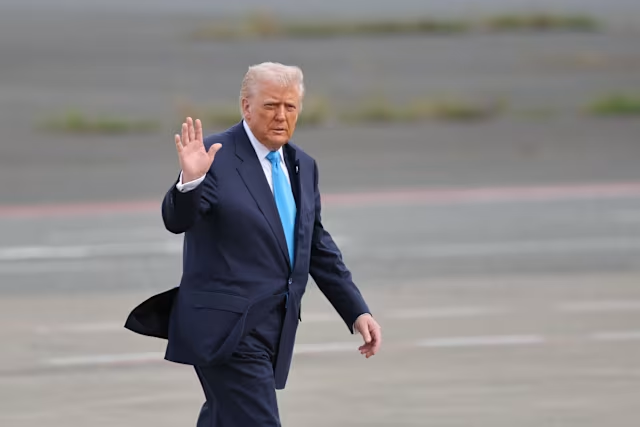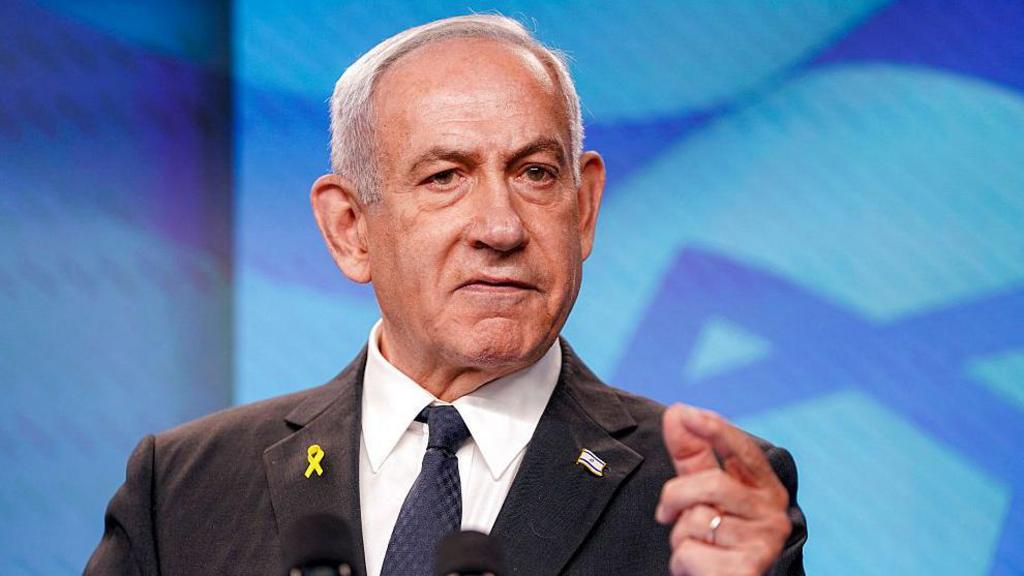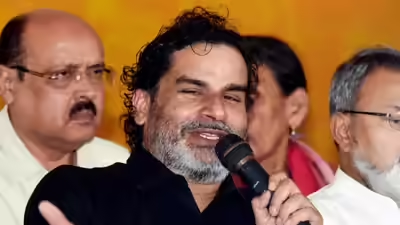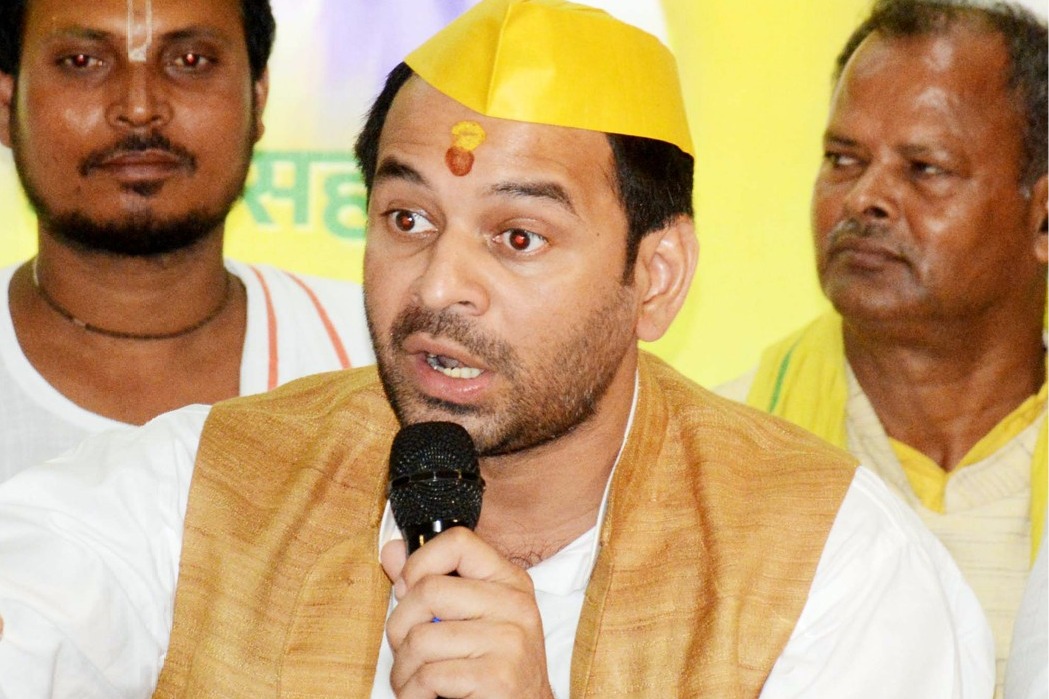Now Reading: Rajya Sabha Row: Kharge Alleges CISF Deployment, Government Denies Misleading Claims
-
01
Rajya Sabha Row: Kharge Alleges CISF Deployment, Government Denies Misleading Claims
Rajya Sabha Row: Kharge Alleges CISF Deployment, Government Denies Misleading Claims
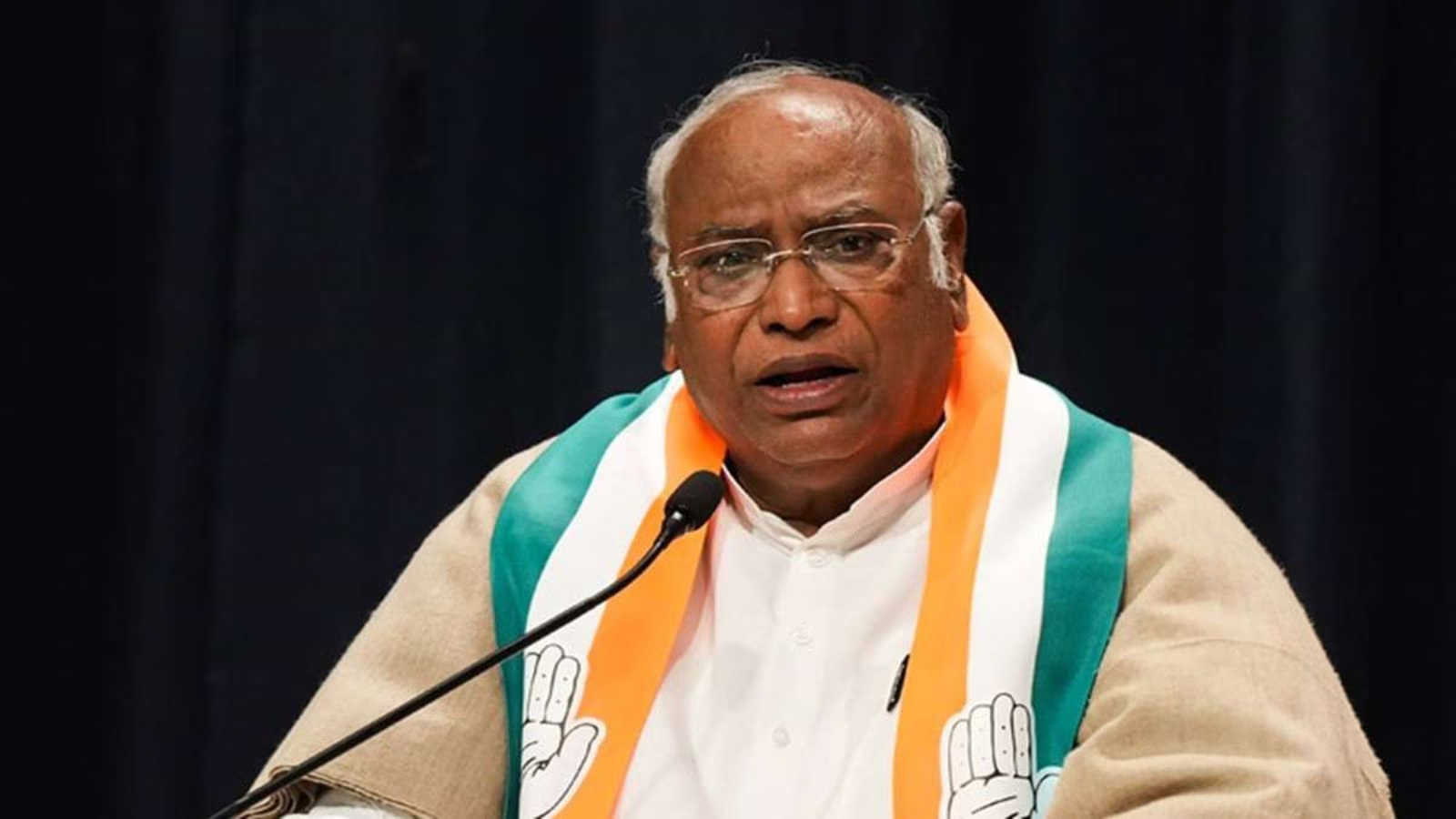
Mallikarjun Kharge, Leader of Opposition in the Rajya Sabha, stirred a heated debate by alleging that CISF personnel stormed into the ‘well’ of the House during protests, undermining democratic dissent. Deputy Chairman Harivansh refuted the claim, stressing that only Parliament marshals were present. Union Minister Kiren Rijiju accused Kharge of misleading Parliament—triggering a clash over transparency and procedural norms.
Introduction
During this week’s Monsoon Session, Mallikarjun Kharge accused the government of deploying CISF members inside the Rajya Sabha chamber to block opposition protests. The charge sparked a sharp rebuttal from Deputy Chairman Harivansh, who clarified that no CISF personnel were present—only official marshals. The discourse escalated further as Kiren Rijiju called Kharge’s statements misleading, questioning his motives in sharing privileged correspondence with the media.
Kharge’s Allegation and Democratic Concerns
Kharge expressed shock over what he described as CISF officers being made to “run into the well of the House” during opposition protests. He argued this violated the right of MPs to protests and threatened the sanctity of parliamentary dissent. His letter to Harivansh made the rounds in media before internal review, drawing criticism.
Deputed Response: Only Marshals Inside
Deputy Chairman Harivansh firmly rejected Kharge’s allegations, calling them baseless. He confirmed that only Parliament Security Service personnel—official marshals—were deployed to maintain order, rejecting any claim of CISF presence inside the chamber.
Rijiju Fires Back: “House Being Misled”
Union Minister Rijiju echoed the Chair’s remarks, accusing Kharge of knowingly presenting false facts in Parliament. He questioned why privileged communication was leaked publicly, calling for clarity and accountability. Rijiju clarified that marshals were drawn from the House staff, not an external force.
Political Reactions: Nadda’s Tough Tone
Leader of the House J.P. Nadda delivered a sharp counter, urging opposition MPs to follow decorum and stop theatrical disruptions. He offered irony-laced advice, claiming his decades of opposition experience qualify him to tutor current leaders. Nadda labelled the protests categorical “anarchy,” emphasizing the difference between democratic dissent and disorder.
Tier 2 Cities: Why It Matters
For smaller cities, where parliamentary conduct may feel distant yet symbolic, this episode highlights tensions around transparency and institutional trust. Citizens expect democratic procedures to respect dignity and clarity—and reactions to Kharge’s claim reflect broader concerns about how public discourse is shaped and controlled.
Wider Issue: Trust, Procedure and Oversight
At stake is more than the presence of CISF—it is about credibility in parliamentary language. The clash underscores tension between representative voices and institutional integrity. Where opposition protests intersect with procedural rules, India’s democracy must navigate dissent without descending into chaos.
Conclusion
The Rajya Sabha confrontation highlights a critical fault line: democratic protest vs procedural regulation. Kharge’s allegations and the subsequent denials turn the spotlight onto how dissent is managed—and reported—in the heart of India’s legislature. Beyond headlines, the episode underscores the need for clarity, responsibility and decorum in representing public voice.








